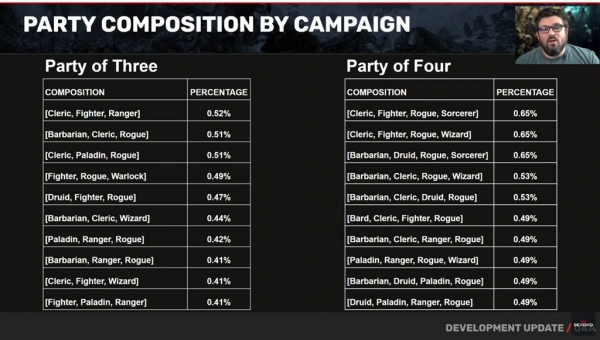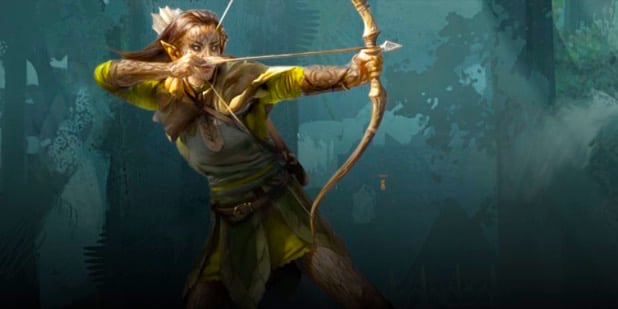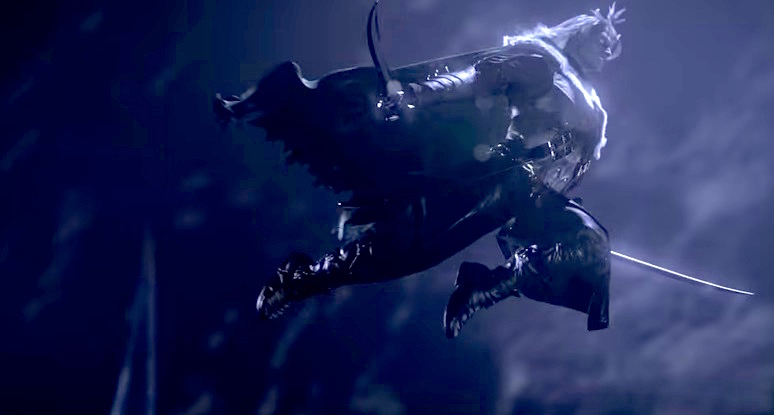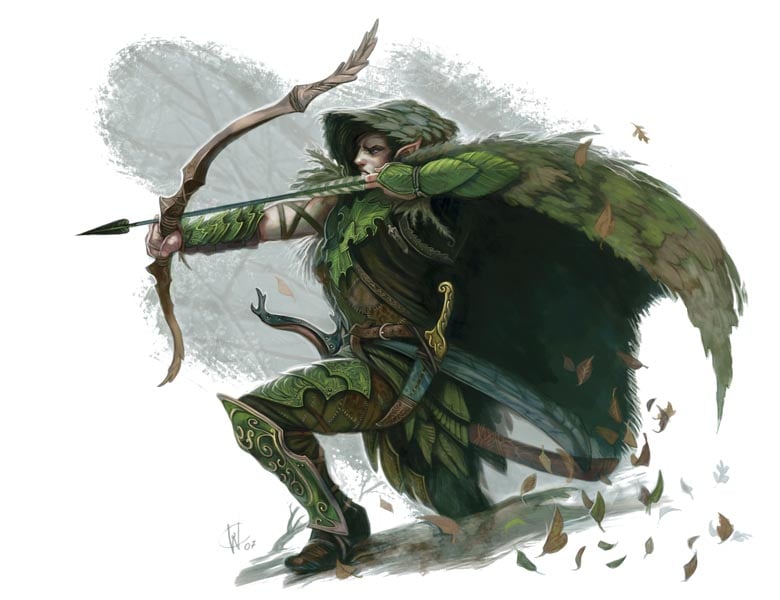D&D: Scouting Out A Ranger – Hit Hard, Be Wild

Rangers got some significant upgrades in the latest batch of Unearthed Arcana. If you’re thinking about running one with the new rules, here’s a handy guide.
Rangers can be an essential part of any D&D party. With their blend of martial prowess and druidic magic, they can hold the line on their own or provide much needed support for the party. Given the right focus, they can take down powerful foes, and when you’re out of combat, they’ve got the skills to keep your party fed and safe and make sure everyone gets where they’re going. Perhaps that’s why they’re part of the trilogy of classes that appears most often in parties of any size: Fighter, Cleric, Ranger.
Their playstyle in general allows them some versatility, but depending on which subclass you pick, you’ll skew more towards a few specific combat options. The latest Unearthed Arcana looks to open up more of that versatility for Rangers, helping to combat the hyperspecialization that a lot of Rangers might stumble down which gave them fewer options and left them a little “underpowered.” They can be highly specialized–but, now with more spell selections, and reasons to do more with their spell slots than cast Hunter’s Mark, they can be a force to be reckoned with.
Let’s dive on in and take a look.
Slaying Is In Their Nature
So one of the things Rangers are best known for is how much they hate certain foes. Favored Enemy is a defining feature of the class–for better or worse. Previously you’d have to pick an enemy and be good at tracking them down, and let’s be honest, how often were you tracking down your foes? Almost never? Same here.
Now your Favored Enemy gives you a free Hunter’s Mark that you can cast without using up concentration–and you can do it often enough that you’re consistently using it in your fights–and that means not having to wait until the higher levels to start casting spells other than Hunter’s Mark. Now you have more incentive to bring your skill list to bear in and out of combat.
Which is the other big defining thing about Rangers: their prowess outside of combat in the natural world. Whether it’s stalking prey or just wandering around looking for food or shelter, Rangers are at home in the uncivilized places of the world.
Because of all this, Rangers tend to be good at taking on one powerful opponent or with preparation, Battlefield Control but it’s really the subclasses that help determine how much you lean into whichever archetype you’re going for: Aragorn, Legolas, or Drizzt.
Beast Master The latest Unearthed Arcana changes a lot for this brand of Ranger, giving them access to Beasts that take on one of two new stat blocks to crawl or fly and help you in a fight. They level up as you do, and they give you an extra presence wherever you need on the battlefield, and at higher levels you’ll be able to buff them and make multiple attacks alongside them, giving you loads of attacks on your turn.
Gloom Stalkers are basically Batman. Batmen? They focus heavily on fear and darkness, even disappearing entirely when in darkness and facing creatures with darkvision. Mixing a little Rogue in with your Ranger, these shadowed sentinels excel at stealthy skirmishing. If you want to be able to sneak anywhere, this is the subclass for you.
Horizon Walker Rangers, on the other hand, are much more about having the right tool for the job. With a bonus spell list that focuses on mobility–and one of the better mobility features out there, nothing keeps Horizon Walkers from getting where they want to. They can teleport, hasten themselves, and as one of their signature moves, they teleport from spot to spot, making attacks all the while. It’s a real cool mechanic, both flavorful and useful. This subclass mixes mobility and resilience into the Ranger.
Hunter Rangers are probably the most common ones. They are the classic ranger, re-imagined in 5th Edition. Their abilities are basically an extension of the 3.x Ranger ideal. Pick a fighting style (only on this case it’s pick between fighting one big guy, lots of little ones, or defend yourself at all odds) and then level up that ability as you go. Very straightforward, but still powerful. You’ll never be hurting for class feature choices with this one.
Monster Slayer Rangers are like the Hunter but to the extreme. Hunters might focus on taking out enemies, but Monster Slayers focus on killing *monsters* — which means you’ll be shutting down enemy abilities, and interfering with spellcasting and especially against monsters that try to escape. If you want to punch above your weight where the supernatural is concerned, this is the archetype for you.
And that’s the Ranger. Like I said, they’re in an interesting place–their abilities aren’t necessarily weak, just, highly specialized. But if you can leverage them, you’ll find Rangers to be satisfying and capable of more than just shooting a bow real good or fighting with two swords instead of one.
Happy Adventuring!








